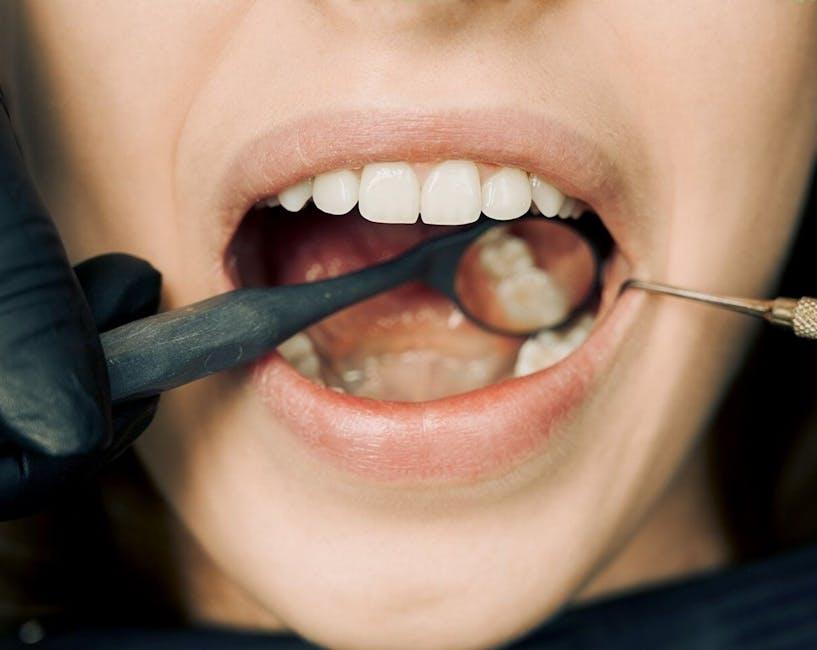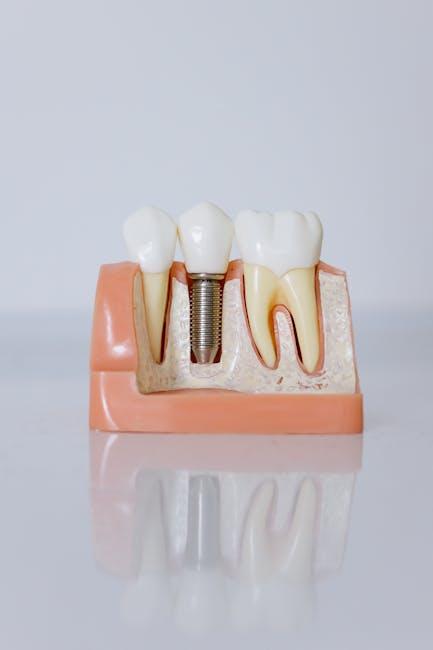
Release of Microplastics During Dental Procedures and Denture Wear: Impact on Dental Personnel and Patients – ScienceDirect.com
Microplastics have become a growing concern globally, with their impact extending beyond environmental pollution into human health. Recent studies, including those compiled by ScienceDirect.com, highlight how microplastics are inadvertently released during common dental procedures and through denture wear. This article dives into how these tiny plastic particles affect dental personnel and patients alike, the risks involved, and practical strategies to minimize exposure.
What Are Microplastics and Why Should Dentistry Care?
Microplastics are plastic particles smaller than 5 millimeters that are often invisible to the naked eye. They originate from the breakdown of larger plastic debris or the shedding of synthetic materials. In dentistry, microplastics can be released during mechanical procedures that involve plastics and polymers, such as drilling acrylic dentures, using dental composite resins, and polishing prosthetics.
Sources of Microplastics in Dentistry
- Acrylic-based dentures and appliances
- Composite resin materials used in fillings
- Dental polishing materials and finishing burs
- Disposable plastic items used in clinics
How Microplastics Are Released During Dental Procedures
Dental professionals often perform procedures that involve grinding, drilling, or polishing plastic materials. These mechanical actions can release microplastic particles into the air and water systems in dental clinics. For example:
- Denture adjustment and fabrication: Acrylic resins are commonly trimmed and adjusted, shedding microscopic fragments.
- Composite restoration finishing: Polishing cured resins creates fine plastic dust.
- Use of ultrasonic scalers and air abrasion: These may disperse microplastic particles from dental debris.
Impact on Dental Personnel and Patients
While the environmental impact of microplastics is well-recognized, their potential effect on oral health and occupational safety is gaining attention.
Risks for Dental Personnel
Dental team members face chronic exposure to microplastic particles that can linger in clinic air and surfaces, raising concerns such as:
- Respiratory issues: Inhalation of fine plastic dust may cause lung irritation or contribute to long-term respiratory effects.
- Dermal exposure: Plastic dust and debris may cause skin irritation or sensitization.
- Environmental contamination: Accumulated plastic waste from dental practices increases pollutants in community ecosystems.
Risks for Patients
Patients wearing dentures or receiving composite restorations may experience microplastic exposure inside the oral cavity:
- Oral mucosal irritation: Fine plastic fragments can cause local irritation or inflammatory responses.
- Indirect health impacts: Patients with frequent dental interventions could accumulate microplastics in the body over time.
Scientific Findings from ScienceDirect.com Studies
Research published on ScienceDirect.com has documented measurable microplastic release during dental work:
| Procedure | Microplastic Release Level | Primary Source Material |
|---|---|---|
| Denture Acrylic Adjustment | High particle count (up to 10,000 particles/cm³) | Polymethyl methacrylate (PMMA) |
| Composite Resin Polishing | Moderate particle emission | Bis-GMA based resins |
| Dental Disposable Items Use | Low particle release but widespread | Various plastics (polypropylene, polyethylene) |
Benefits of Addressing Microplastic Exposure in Dentistry
Focusing on microplastic mitigation can improve workplace safety, patient outcomes, and environmental responsibility. Benefits include:
- Healthier dental professionals: Reduced risk of occupational diseases
- Improved patient care: Minimizing microplastic irritation supports oral health
- Environmental sustainability: Less plastic waste contributes to cleaner ecosystems
Practical Tips to Minimize Microplastic Exposure in Dental Clinics
Implementing simple but effective precautions can make a significant difference:
- Use of high-efficiency suction devices: Capture plastic dust at the source.
- Proper ventilation systems: Maintain clean air circulation in treatment rooms.
- Personal protective equipment (PPE): Masks, gloves, and protective eyewear reduce exposure.
- Regular cleaning protocols: Wipe surfaces and floors to remove accumulated dust and particles.
- Consider alternative materials: Explore low-release or biodegradable dental materials when viable.
Case Study: A Dental Clinic’s Approach to Microplastic Reduction
A mid-sized dental practice in California implemented a comprehensive microplastic reduction strategy based on recent research findings:
- Installed ultra-low particulate air (ULPA) filters in operatories.
- Switched to composite materials with lower particle shedding properties.
- Trained staff on best practices for acrylic denture finishing.
- Monitored air quality regularly using specialized particle counters.
Result: After six months, the clinic reported a 60% reduction in airborne microplastic concentration with decreased respiratory complaints among staff.
Firsthand Experience: Voices from Dental Personnel
Sarah J., Dental Hygienist: “Before we addressed microplastic dust, I often had throat irritation after long shifts. Improving suction and ventilation made a noticeable difference.”
Dr. Kevin M., Prosthodontist: “I now advocate for more research and awareness about microplastic risks. Simple steps like PPE and material selection can protect everyone.”
Conclusion
The issue of microplastic release during dental procedures and denture wear is an emerging concern with implications for both dental personnel and patients. Awareness and proactive management can significantly reduce exposure risks, promoting a safer clinical environment and better oral health outcomes. Staying informed through reputable sources like ScienceDirect.com and implementing practical safety measures will help the dental community tackle this modern challenge effectively.


